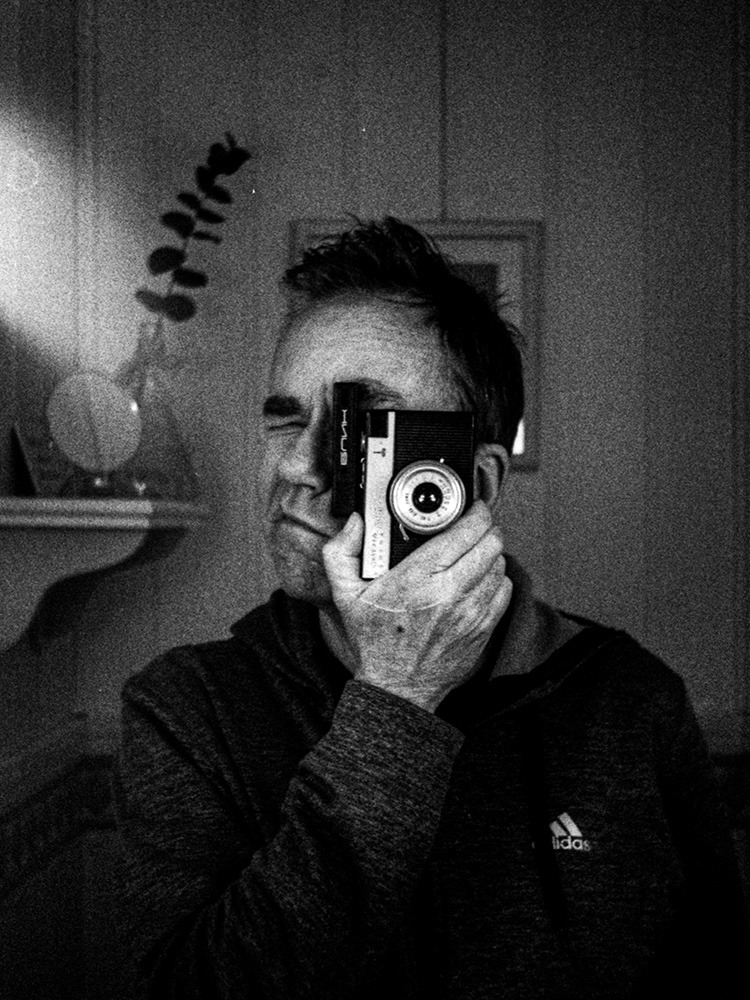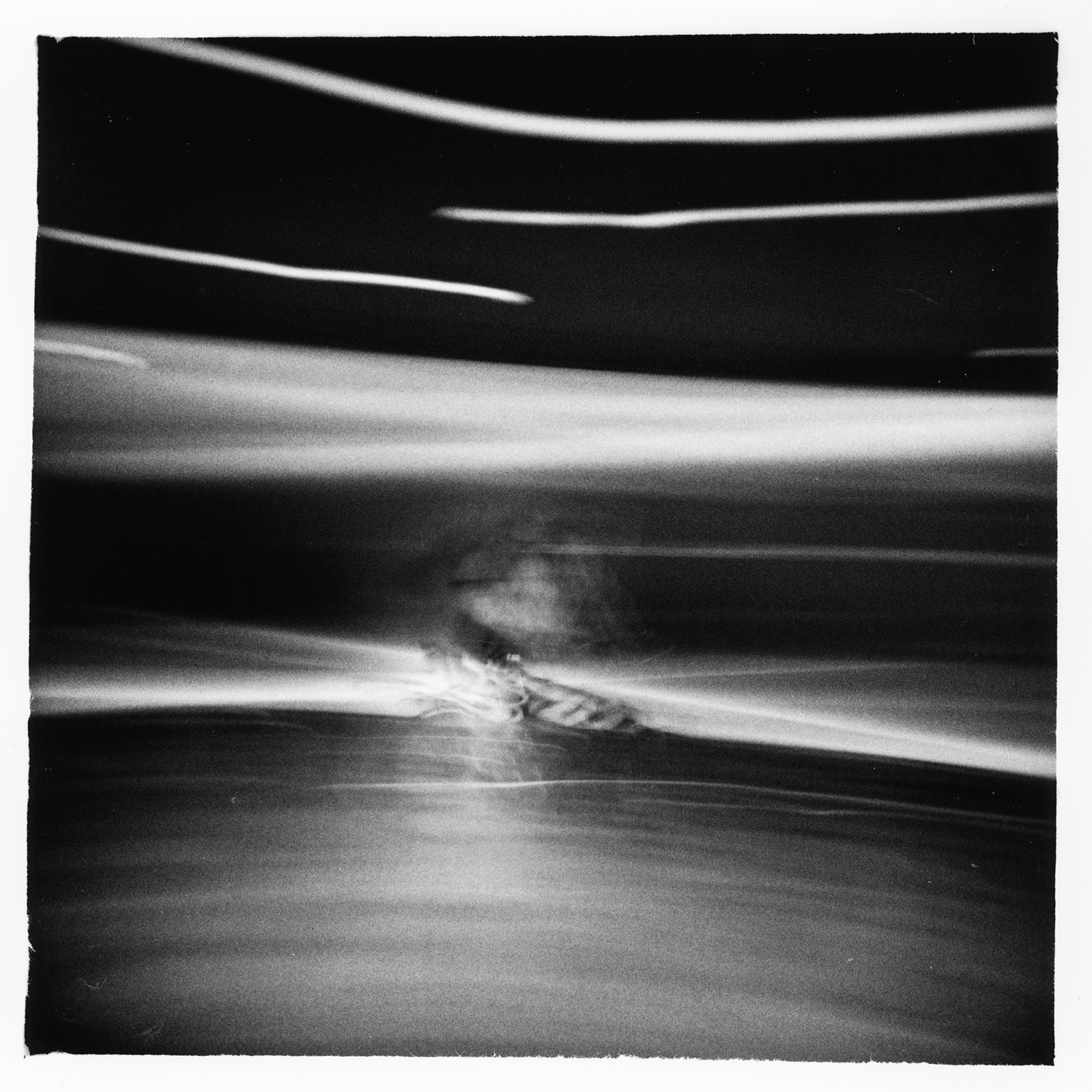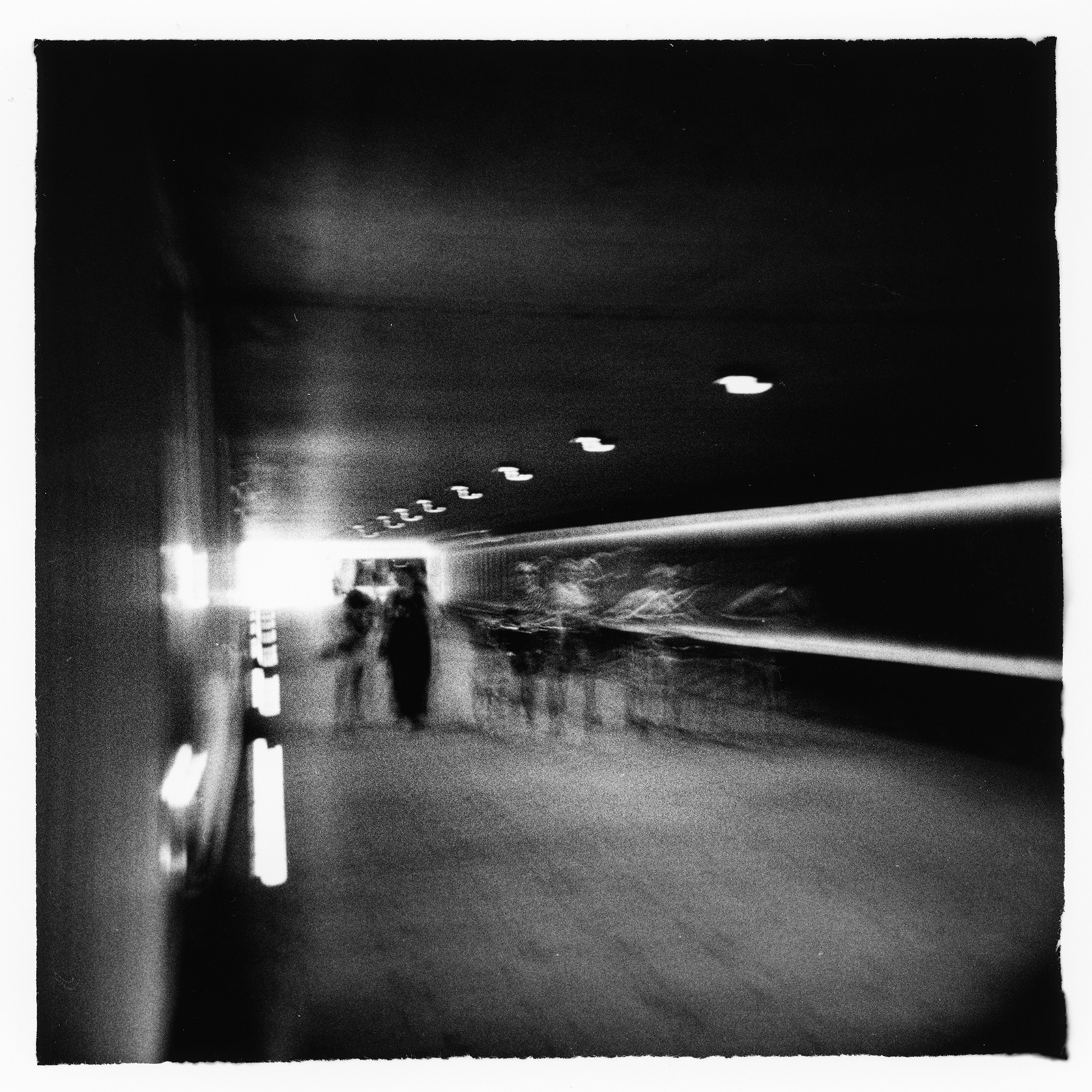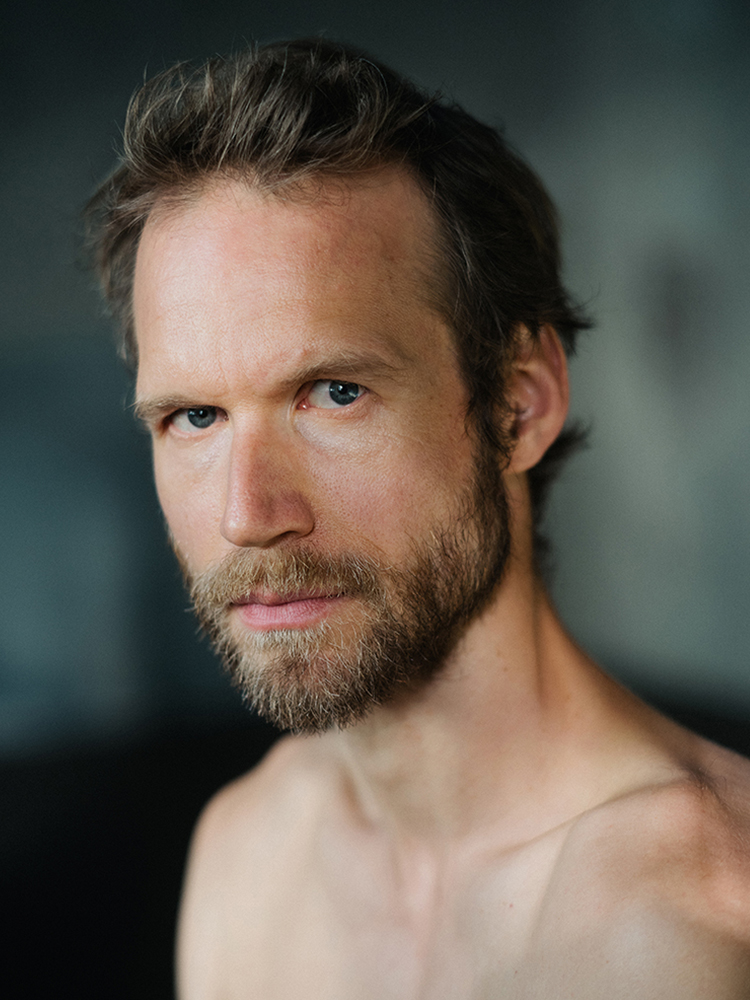
In conversation with
Ari Jaaksi
Tampere, Finland
Hi Ari, please introduce yourself.
I live in Tampere, Finland. I’ve worked all my life with software and consumer devices — in the US with Hewlett Packard, Intel, Mozilla, Palm and in Finland several startups, Nokia etc. I currenty hold two software professorships and work with a few startups.
I started analog photography just a few years back. I accidentally bought a Rolleicord camera, and two rolls of Ilford XP2 film. I then took the pictures, sent them for development — and was hooked.
Like everything in life, you must learn things yourself. Somebody can help you in the process but you gotta learn. So in that sense, I’m self-taught. And that, indeed, is a big part of the fun!
What does analog photography mean to you? What excites / fascinates you about it?
Above all, analog photography is a tool for me to express my artistic vision. It gives me the palette, tools and processes that I can use to create work that I personally like. So to me, it is a means for self expression.
I’m excited by the outcome and the process leading to the outcome. The process, the tools, and the limitations feel very compelling and push me to do things that produce results I like. It is the process that starts from the selection of the film, camera type, and the developer even before the photo shoot. And then it ends by selecting the paper I will use in my dark room, the various contrast options and the silver gelating printing process that finally creates my view of the world on paper. And everything in between.
In your opinion, what are the advantages and disadvantages of analogue photography?
I don’t think you can generalise this. What is an advantage for me may be a disadvantage for somebody else. And the other way round. So I can only speak to myself.
To me the advantage is that I’m in the control of everything. I can even create my own photo sensitive materials when I want. And being in control of everything gives me an ultimate freedom to produce the outcome I want. The process may be fast with a Holga, a long and slow with my Lerouge 45 pinhole camera, or it may be delicate and precise with my Hasselblad. But it’s me in control.
But analog photography also has limitations. And they are advantages for me, too. Like the fact that when I select a film and put it into a camera, then I’m stuck with that film. And I need to make it work. That forces me to think and be explicit in my photography. And it helps me to create better photography.
The only disadvantage I can think of is the price of film. It’s getting expensive. I don’t mind analog cameras getting expensive — they are investments and you can always sell your cameras. But film is getting pretty pricey!
Do you concentrate on a certain topic in your work?
I shoot all kinds of things. Street, landscape, conceptual. I do not want to limit myself to any particular topic.
Are there (analogue) photographers who have influenced your aesthetic and approach?
I admire the work of many photographers. Yamamoto Masao has had a huge influence on me. Arthur Rothsteins images from the 1930 rural America have so much content it is amazing. And, let’s not forget Frank Thorp V who is an NBC News photographer and photographs US congress with a 4×5 Graflex. His pictures are also classic!
Do you have certain cameras and films that you prefer to work with?
I do. I shoot a lot with my Rolleiflex 2.8F. It is really my go-to camera. I also shoot a lot with my Holga. And then, I have a Lerouge 45 4×5” pinhole camera that always surprises me — pleasantly. I shoot mostly Ilford HP5+ and FP4+. They are reliable and of his consistent quality.
Speaking of films: What does your workflow look like?
It is important for me to select the developer and the way I develop before I shoot. The developer is more important than the film type. So before a photo shoot, I select the camera/lens, film, and the developer. That gives me the palette to work on. I then shoot and develop. Depending on my goals a regular or stand development.
I then scan the photographs and from my scans I select the ones I want to print. I print silver gelatinous prints most often on fibre based multi contrast papers.
I do a lot of post processing in my dark room including dodging/burning, controlling contrast even locally and so on. If I work with myself scans digitally on Lightroom I do only post processing I know I could also do in my dark room.
What advice would you have for other photographers who are reading this interview?
Work to find you own style. Photograph things that feel right to you the way that feels right. Don’t follow rules. Change gear often. Experiment. And then, when you accidentally stumble upon something you like, analyze what you did and go and replicate it. And push that path forward!
If you publish your work on Instagram: curse or blessing?
Blessing. I don’t use photography to support my Instagram account. Instead, I use Instagram to support my photography. I post a new picture a few times a week, and it thus provides me a nice rhythm: I need to make one picture ready for publication every now and then. That forces me to think “why this picture” and “how to process it to make it ready for publication”. That process improves my photography even if nobody even looks at my pictures.
Which 3 photo books can you recommend / should you definitely own?
Ansel Adams – „The Print, The Negative and The Camera.“
Thank you so much for your time!
Favorites
Rolleiflex, Holga
Ilford HP5+, Ilford FP4+
B/W






